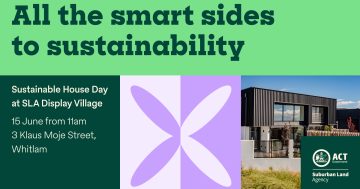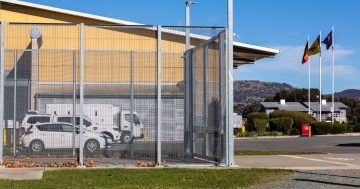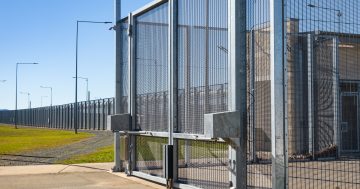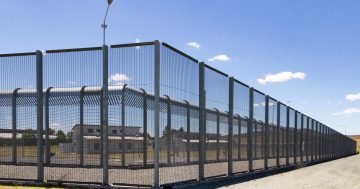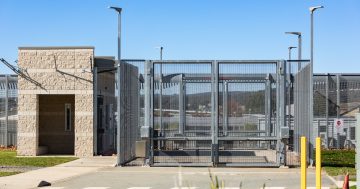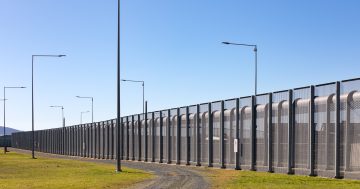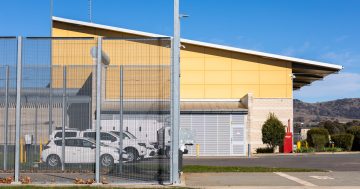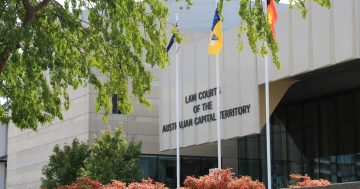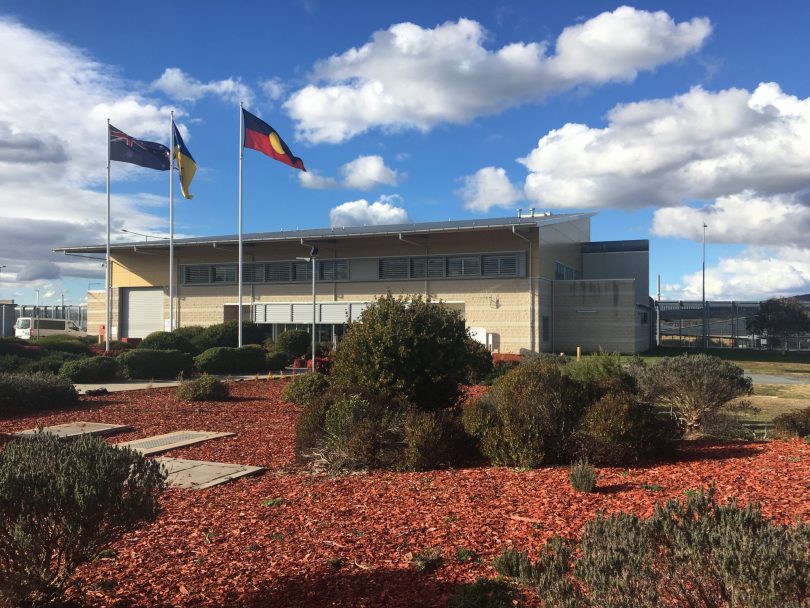
The Transitional Release Centre at the Alexander Maconochie Centre has been criticised for not accepting enough prisoners. Photo: File.
Prisoners at Canberra’s Alexander Maconochie Centre (AMC) have called for clearer pathways to enter the transitional release centre (TRC), a halfway house to help detainees due for release better integrate into the community, after just 12 detainees used the centre last year.
Nine male and three female detainees used the transitional release program to transition out of custody and back into the community in 2019-20. There were 539 releases of detainees on remand and 336 releases of sentenced detainees in the same period.
Only male detainees are housed in the TRC while female detainees complete the program from their usual cells*.
One prisoner said it was “bullsh*t” that such a small number of people had been approved to access the reintegration help the centre provides.
“It is a running joke around AMC that there are more TRC staff than prisoners,” he said.
“The TRC has a number of issues, the main being that there is no clear pathway to get there.”
To be eligible for the program, prisoners must be classified as being minimum security, have less than 12 months left on their non-parole period, have no positive urine tests or disciplinary breaches in the past six months and have all legal matters finalised.
Complaints against the limited use of the TRC increased in 2018-19 when the centre was touted for a $1 million expansion.
The Justice and Community Services annual report for that year noted that “during this year, points of concerns have been the consistent lack of accessibility of the TRC for detainees, especially given the recent budget initiative to significantly expand its size”.
“It is considered much of the reason for this is not due to demand, but rather poor processes and understanding in terms of eligibility and streamlined referral and assessment,” the annual report said.
The ACT Inspector of Correctional Services recommended that “the eligibility criteria, expected timeframes and other relevant information about the Transitional Release Program be made public and clearly communicated to detainees” in the 2019 AMC review.
The TRC’s policy was reviewed and finalised in the first half of 2020.
But prisoners are still angered by the seemingly arbitrary selection processes.
“ACT Corrective Services (ACTCS) is refusing to act in accordance with best practice and is instead emphasising punishment over rehabilitation,” one prisoner said.
The hopelessness the prisoner felt with the system was communicated through a message to his caseworker, saying that his assessment for security classification and attempt to be eligible for the centre would be abandoned to ensure he would not “find it impossible to become a functioning community member” upon his release.
ACTCS is currently investigating the effectiveness of the TRC to increase access.
A JACS spokesperson said the Directorate was working to reduce recidivism rates by 25 per cent by 2025, and this includes the development of an integrated offender management model (IOM).
The model aims to reduce recidivism by offering education and training programs to detainees, as well as security, health and welfare needs, to help them reintegrate more effectively upon release.
“The IOM model will ensure that interventions are delivered in a considered and timely manner at the appropriate point of an offender’s sentence,” the spokesperson said.
“IOM also seeks to provide opportunities for offenders to engage in constructive activity throughout their custodial sentence and that those in the community post-release or under community supervision, are supported appropriately.”
The program is expected to commence by the end of 2021.
In the meantime, prisoners and detainees still have access to voluntary programs to gain vocational skills and qualifications to increase employment prospects, as well as support coordinating community resources upon release for select detainees, the spokesperson said.
*The article has been updated to specify that only males are housed in the TRC.











